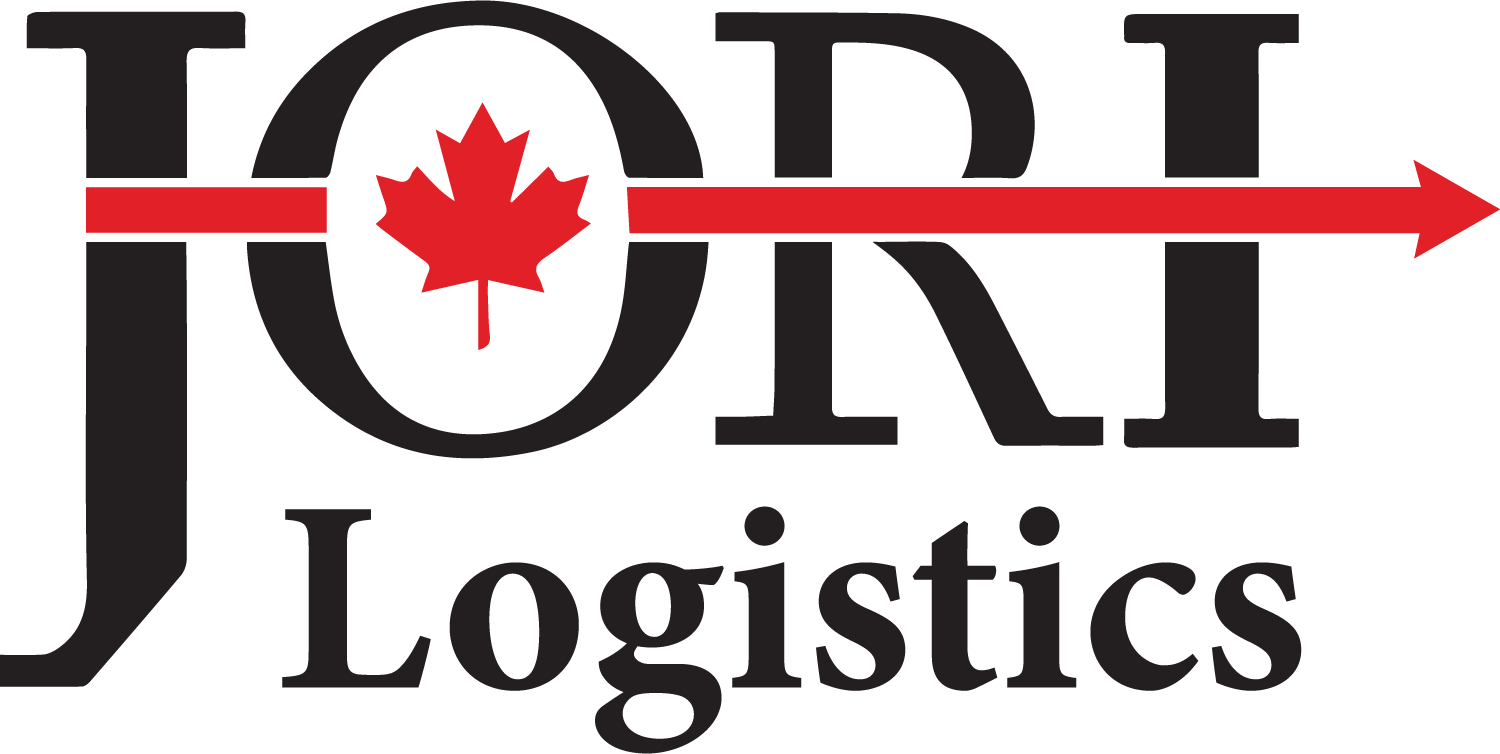In 2007, the global eCommerce market was $175 billion. In 2020, it was $4.28 trillion. eCommerce has seen explosive growth in recent years and today, it’s at an all time high. For companies looking to reach customers in Canada, a turn-key warehousing service can enable you to reach new geographic markets quickly and efficiently.
We know that selling to customers in another country can be a daunting task. Understanding rules, regulation and potential risk is complex and we’ve seen many companies avoid international sales for this reason.
But the COVID-19 pandemic has changed everything. Consumers expect to buy everything online and eCommerce can be a way to reach new customers without the traditional costs. According to a recent report byt Shopify, “the pandemic has amplified the consumer’s desire for convenience and immediacy. The permanency of these shifts will be determined by how satisfied consumers are with online experiences.” To have an effective eCommerce strategy, companies need to have exceptional customer buying experiences. This can be difficult when goods cross international borders because it triggers duties, taxes and customs clearances and result in delayed shipments or additional shipping fees, which frustrate customers and jeopardize the buying experience.
So how can companies get into the eCommerce game? eCommerce logistics is one strategy to consider for your business and here are four steps to get started.
Step 1
Amazon has created a 2-day shipping expectation and consumers expect products in-hand almost instantaneously. You can replicate this effect by having product in the country of your customers so goods don’t need to move across borders.
By having inventory in Canada, you’ll ensure Canadian customers don’t experience shipping delays or unexpected duties. Using a fulfillment centre will get your product into the hands of end customers so you can sell your products without opening a retail location, hiring staff, packaging products, or using a middleman distributor.
Step 2
Market your product to Canadian customers online. You can do this through your website or a marketplace like Amazon, eBay, Facebook Marketplace, Etsy, etc.
Step 3
When your customer orders something, the JORI fulfillment centre will take the item, package it and ship it to your customer. If you want to use custom branded packaging or marketing inserts, we can do that as part of our turn-key fulfillment services.
Step 4
An easy return policy is fundamental to creating a positive buying experience for your customer. If they can’t return the product, it will diminish their experience with you and jeopardize your eCommerce strategy.
Storing your products in a local warehouse in the same country as your customers ensures a smooth return process. When returned goods need to cross borders, it can cause a huge administrative burden and trigger additional duties, taxes and customs clearance fees.
Whether you need one of these services alone or the entire spectrum, the JORI warehouse is equipped to handle it all. Additionally, if you’re a Canadian company looking to reach customers outside of Canada, JORI Logistics can help you with your international eCommerce fulfillment by leveraging our network of international fulfillment partners.
To learn more about how JORI Logistics can help with your warehousing and fulfillment, visit our Warehousing Services page.
